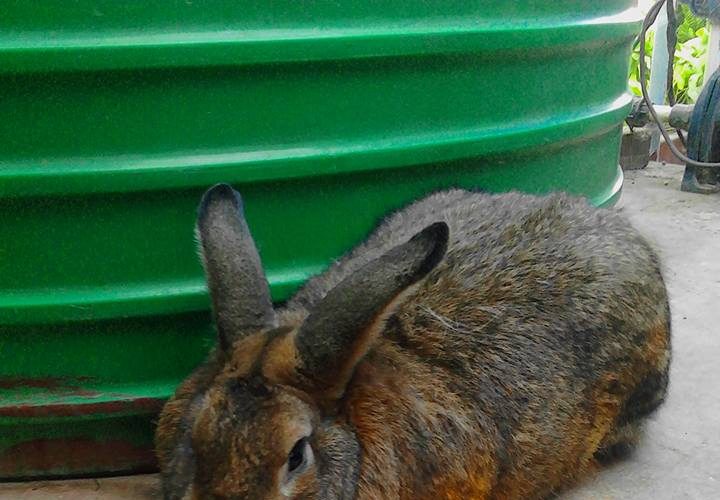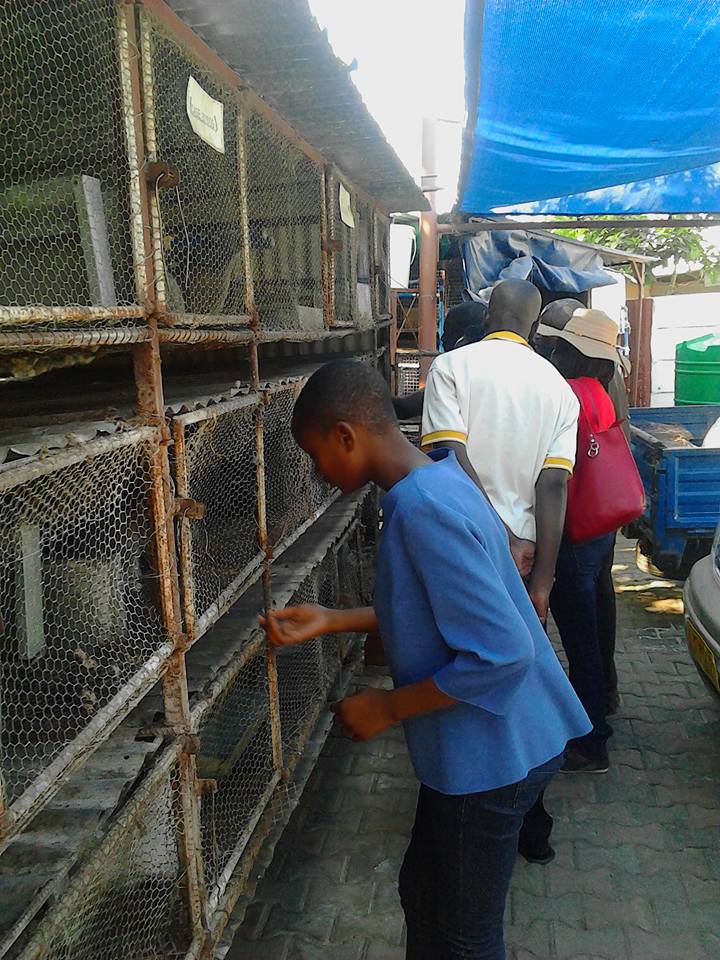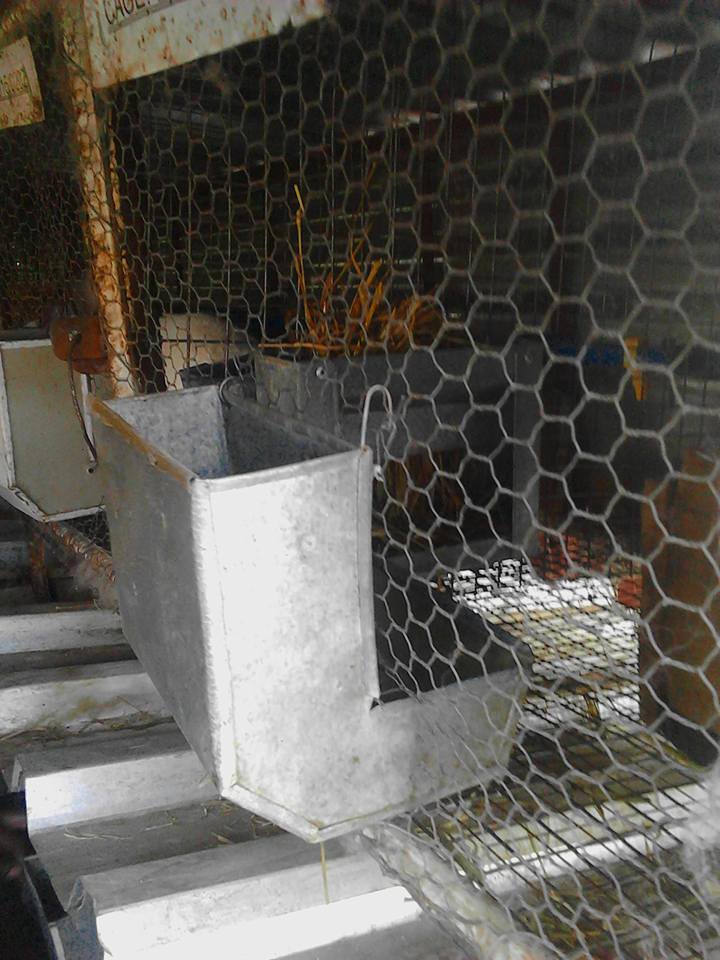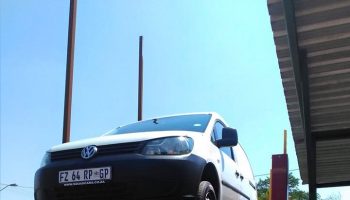Every new money making project usually lasts up to 6 months before floodgates are opened with competition joining. So what are the areas that are flooded?
- Transport: Kombis, Buses and Mshikashikas.
- Cross Borders: Import of goods for resale.
- Poultry: Rearing broilers and layers.
- Mining: Small scale chrome and gold mining.
- Farming: Tobacco farming
One area which most are ignoring is the entertainment sector. The growth in population in all urban areas should have spurred investment into amusement parks targeting kids amusement but what is the current status? An unbelievable gap which the diaspora community can fill in most urban areas especially in Harare, Chitungwiza, Mutare, Gweru and Bulawayo. For prices on the cost of equipment, you can visit the website link below:
https://www.alibaba.com/showroom/amusement-park-equipment.html
Space Walk

Flight Simulator

![]()












